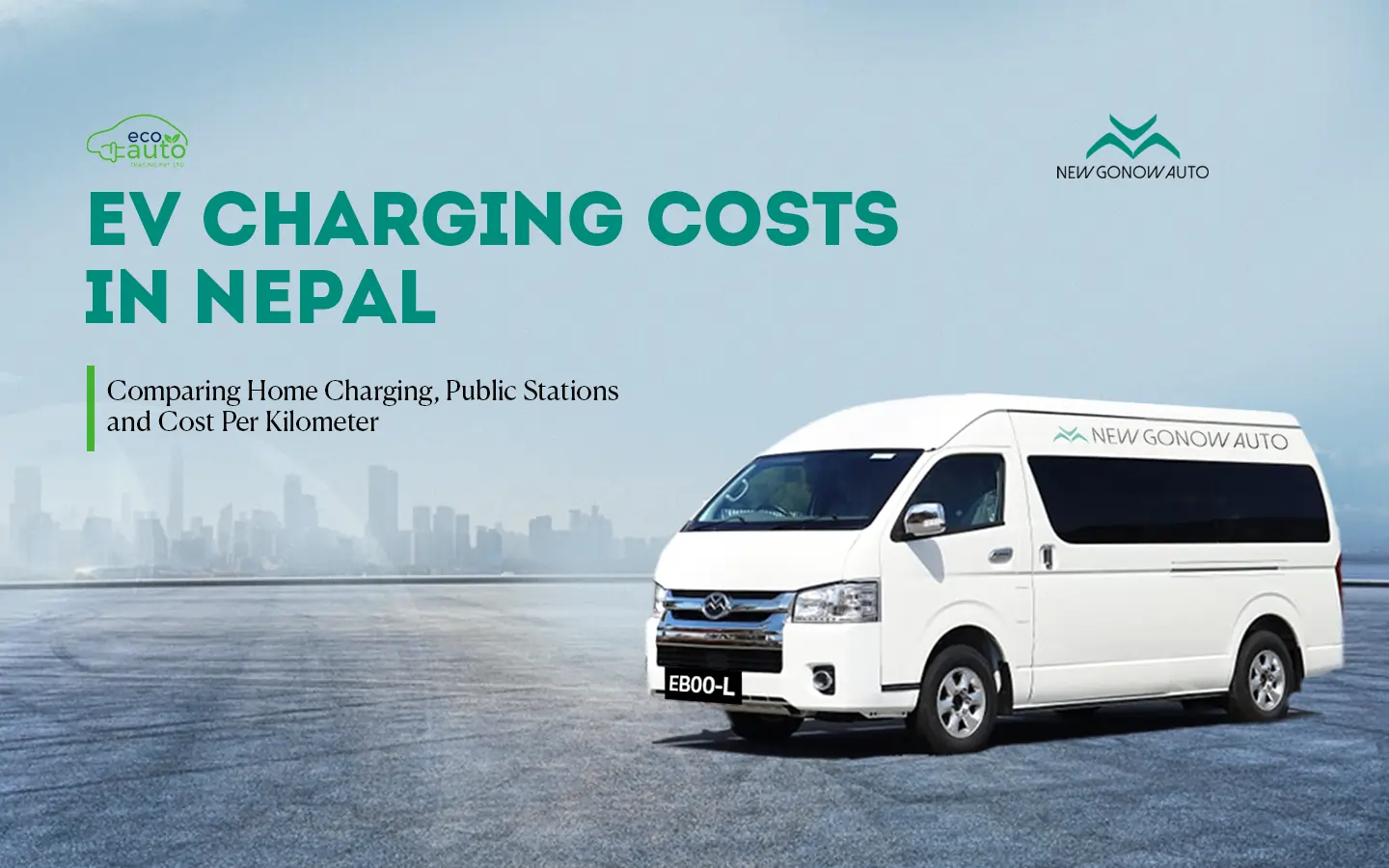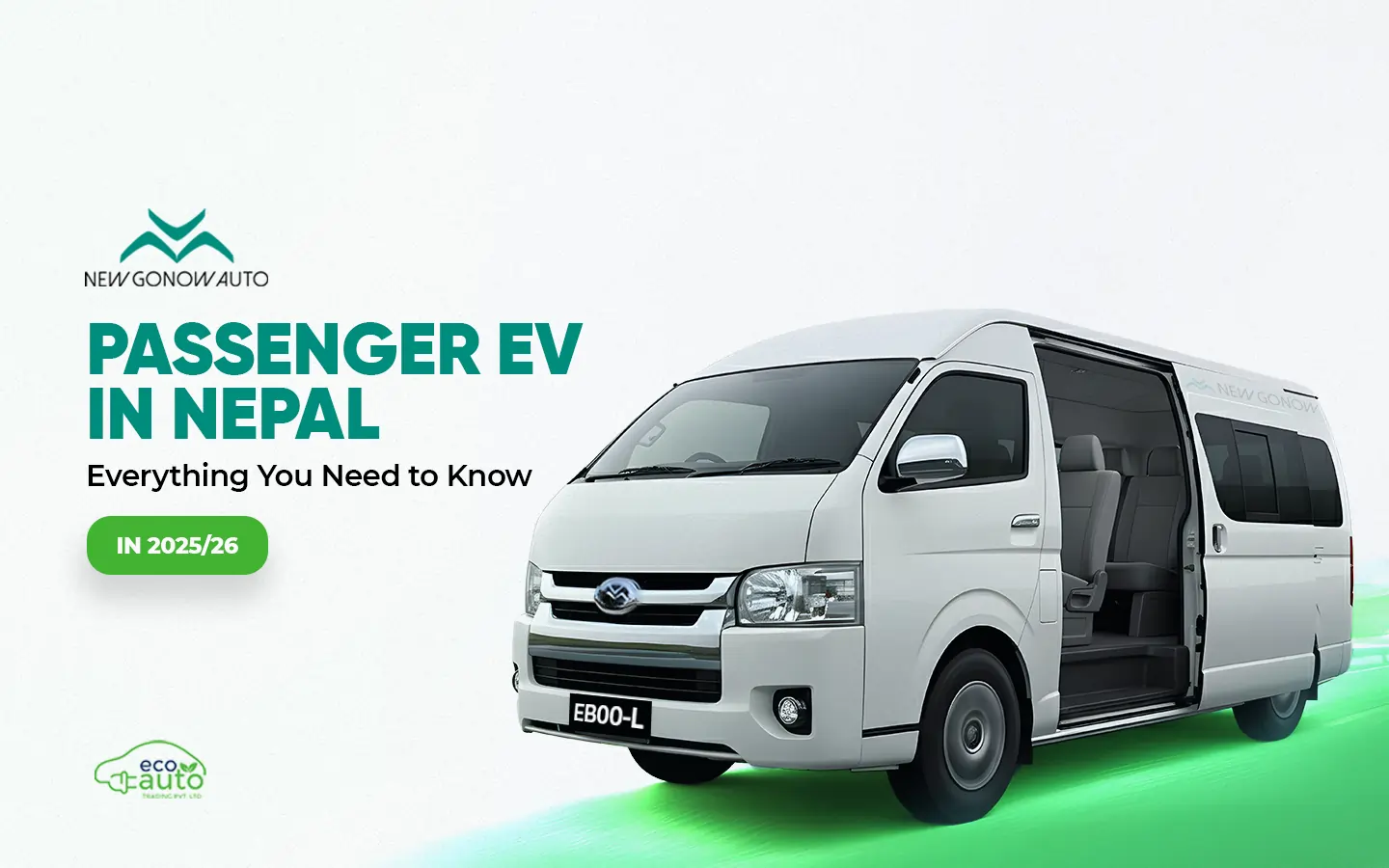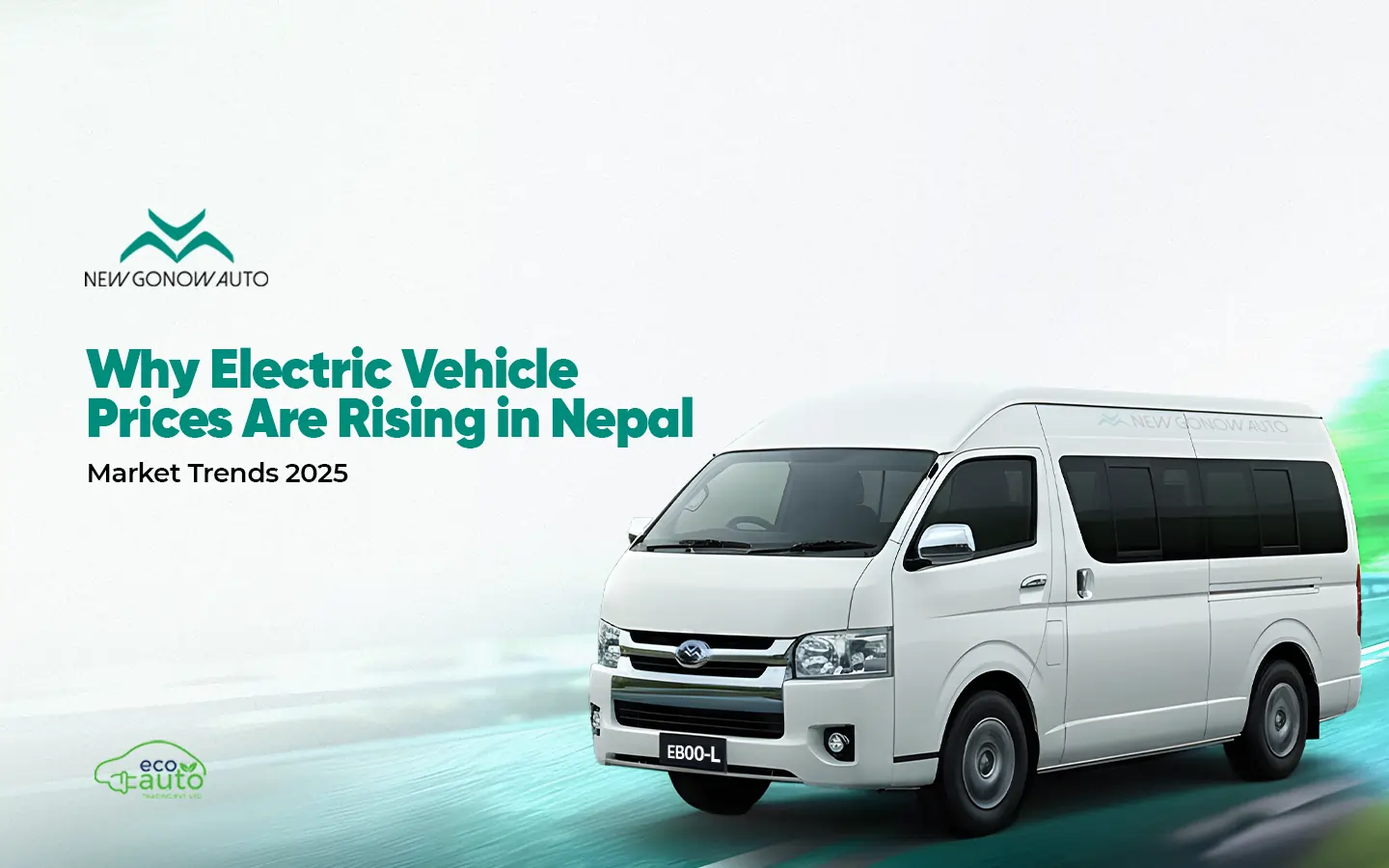
EV Charging Costs in Nepal: Comparing Home Charging, Public Stations, and Cost per Kilometer
The market for electric vehicles (EVs) in Nepal is experiencing rapid growth. With rising fuel prices and government incentives, more Nepalis are switching to electric cars, scooters, and buses.
In this blog, we are comparing home charging, public charging stations, and cost per kilometer to help you decide the best option for your EV charge needs.
Benefits of EV Charging in Nepal
- Lower costs: Save thousands monthly compared to petrol.
- Eco-friendly: Powered by clean hydropower.
- Convenience: Home charging with a growing public network.
- Future-ready: Nepal is moving toward EV-first transport policies.
- Public Health Benefits: Less air and noise pollution in cities like Kathmandu and Pokhara.
- Job Creation: Growth of EV charging infrastructure creates new opportunities in energy and technology sectors.
- Low Maintenance: Fewer moving parts mean lower servicing costs compared to fuel vehicles.
1. Why Charging is Cheaper than Fuel in Nepal
Nepal produces most of its electricity from hydropower. This makes EV charging not only cheaper but also greener compared to petrol or diesel.
- Fuel vehicle cost: NPR 12–25 per km (petrol/diesel cars).
- EV cost per km: NPR 1.5–3 per km depending on battery size and charging method.
That means EVs can be up to 10 times cheaper per kilometer than fuel vehicles.
2. Home Charging in Nepal: The Most Affordable Option
For many EV owners, charging at home is the least expensive option.
NEA Residential Tariffs For Home Charging :
| Monthly Units (kWh) | Rate (NPR/kWh) |
| 0–20 | 4 |
| 21–30 | 7 |
| 31–50 | 8.5 |
| 51–150 | 10 |
| 151–250 | 11.5 |
| 251+ | 13 |
Example: Home Charging Costs
| Vehicle Type | Battery Capacity (kWh) | Driving Range (km) | Estimated Full Charge Cost (NPR) | Approx. Cost per km (NPR) |
| EV Scooter | 3 kWh | 80 km | ~ NPR 35 | ~ NPR 0.44 |
| EV Car | 30 kWh | 250 km | ~ NPR 345 | ~ NPR 1.38 |
| Small EV SUV | 60 kWh | 400 km | ~ NPR 690 | ~ NPR 1.73 |
- For example, a Gonow HM03-L (14-seater) with a 53.58 kWh battery costs roughly NPR 500-600 per full charge, translating to about NPR 1.5-2 per kilometer.
Similarly, the Gonow EB00 (16-seater) and Gonow EB00L (19-seater) cost around NPR 800-900 and NPR 1,200-1,400 per charge respectively.
Pro Tip: Install a home charger (NPR 30,000-60,000) for faster and safer charging.
3. Public Charging Stations in Nepal: Convenient but Pricier
Public charging stations are growing in number throughout Nepal, particularly along highways and in city regions.
NEA Public Charging Tariffs (per kWh)
| Time Period | Hours (24-hour cycle) | Rate (NPR per kWh) |
| Off-Peak | 10:00 PM – 5:00 AM | 6 |
| Daytime | 5:00 AM – 5:00 PM | 9 |
| Peak | 5:00 PM – 10:00 PM | 11 |
Private Operators
- Flat rate: NPR 15/kWh
- Fast charging (DC): NPR 200 for 30 minutes
Example: Public Charging Costs
- Scooter: NPR 0.4-0.6/km
- Car: NPR 1.5-2.5/km
- SUV: NPR 2-3.2/km
Fast public chargers are perfect for longer trips. For instance, the Gonow EB00L (19-seater) can travel 300–350 km on a full charge, so quick access to public stations along highways ensures uninterrupted travel.
Note: Public charging is convenient for long trips but usually 20–50% more expensive than home charging.
4. EV Charging Infrastructure in Nepal: 2025 and Beyond
- Total stations (2025): 1,500+ across Nepal (vs just 25 in 2022).
- NEA stations: 60+ with fast charging hubs.
- Fast charging: 80% in 30-60 minutes.
- Future goal: 400+ new stations along highways.
With this rapid expansion, EV charging is becoming more reliable and accessible.
5. Home vs Public EV Charging: Cost Comparison in Nepal
| Time Period | Hours (24-hour cycle) | Rate (NPR per kWh) |
| Off-Peak | 10:00 PM – 5:00 AM | 6 |
| Daytime | 5:00 AM – 5:00 PM | 9 |
| Peak | 5:00 PM – 10:00 PM | 11 |
Charging costs for eco auto electric vans in nepal
| Vehicle | Battery (kWh) | Range (km) | Home Charging Cost | Public Charging Cost |
| Gonow HM03-L | 53.58 | 200–250 | NPR 500–600 | NPR 700–800 |
| Gonow EB00 | 50 | 235 | NPR 800–900 | NPR 1,000–1,100 |
| Gonow EB00L | 86 | 300–350 | NPR 1,200–1,400 | NPR 1,500–1,600 |
6. Smart Charging Tips for EV Owners in Nepal
- Charge at night (off-peak) to take advantage of lower electricity rates.
- Utilize public fast chargers primarily for highways and emergencies to conserve funds and lessen battery wear
- Maintain battery health (20%–80% rule) by avoiding full discharges and overcharging.
- Maintain the charger clean to guarantee effective and secure charging.
- Use solar backup if available to lower energy costs and stay eco-friendly.
- Avoid frequent fast charging as it can degrade battery life over time.
Conclusion:
Home charging wins for daily use. Public charging is useful for travel but costs more.
Interested in EVs? Visit Eco Auto Trading Pvt. Ltd. to explore and learn how much you can save with electric vehicles.
FAQs on EV Charging Costs in Nepal
1. Why is EV charging cheaper than petrol or diesel in Nepal?
Because Nepal generates most of its electricity from hydropower, charging costs are much lower compared to imported fuel. On average, EVs cost 0.4–2 NPR/km, while petrol/diesel cars cost 12–15 NPR/km.
2. Does frequent fast charging affect the battery ?
Yes, excessive fast charging can shorten battery lifespan. It’s best to use home charging for daily use and reserve fast charging for long trips.
3. How fast are public fast chargers in Nepal?
Most fast chargers can charge 80% in 30-60 minutes, making them convenient for long-distance travel.
4. What is the life span of EV batteries in Nepal?
Most modern EV batteries last 8-12 years or 1,50,000-2,00,000 km. Proper charging habits (keeping charge between 20-80%) extend battery life.
4. Where are NEA charging stations located in Nepal?
Currently, NEA runs over 60 charging stations throughout Nepal. Key locations include:
- Abukhaireni
- Dhulikhel
- Mugling
- Bardibas
- Pokhara
- Butwal Bus Park
- Hetauda
- Surkhet Bus Park
- Dhangadhi
- Biratnagar (and many more along highways and major cities)




